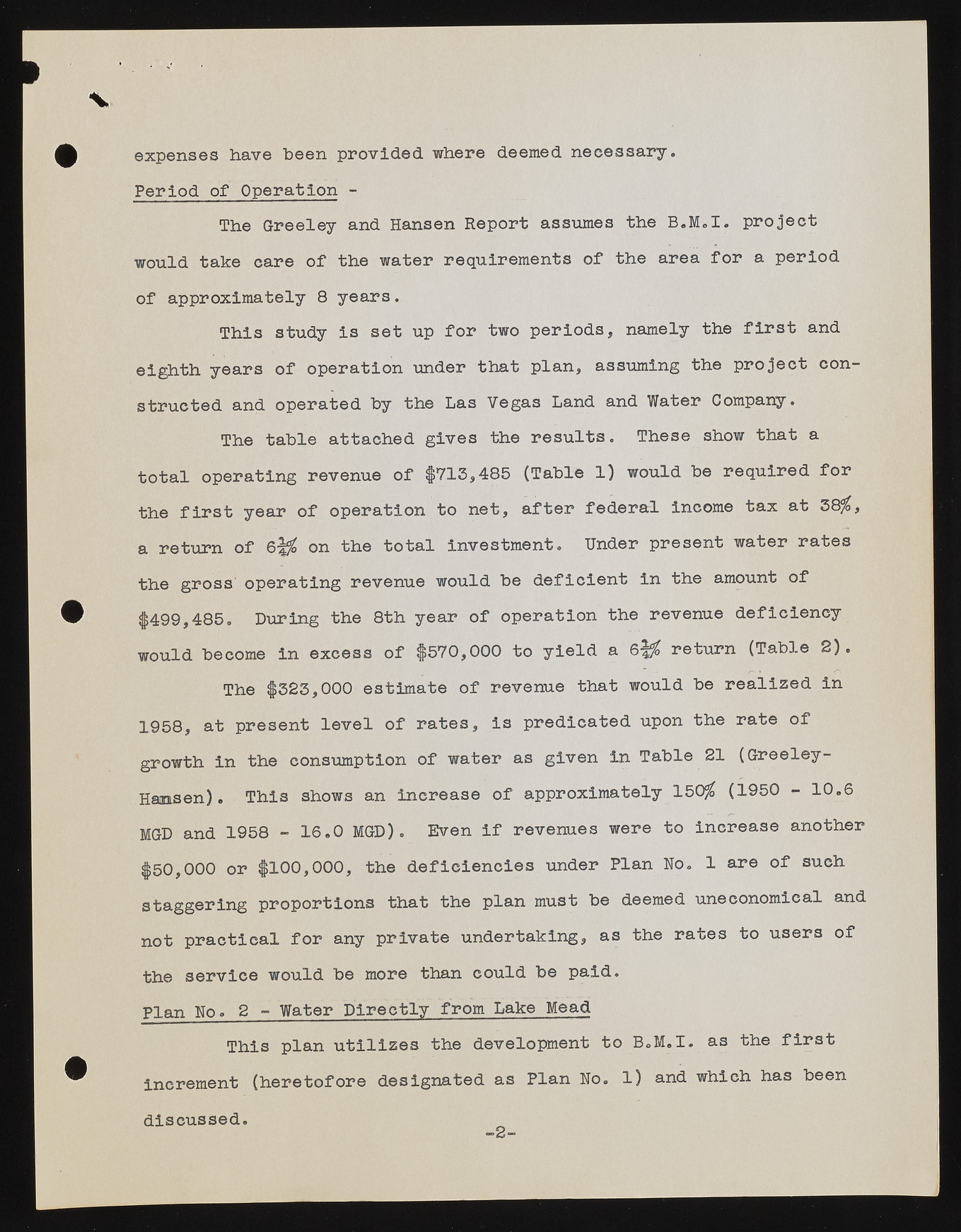Copyright & Fair-use Agreement
UNLV Special Collections provides copies of materials to facilitate private study, scholarship, or research. Material not in the public domain may be used according to fair use of copyrighted materials as defined by copyright law. Please cite us.
Please note that UNLV may not own the copyright to these materials and cannot provide permission to publish or distribute materials when UNLV is not the copyright holder. The user is solely responsible for determining the copyright status of materials and obtaining permission to use material from the copyright holder and for determining whether any permissions relating to any other rights are necessary for the intended use, and for obtaining all required permissions beyond that allowed by fair use.
Read more about our reproduction and use policy.
I agree.Information
Digital ID
Permalink
Details
More Info
Rights
Digital Provenance
Publisher
Transcription
V expenses have been provided where deemed necessary. Period of Operation - The Greeley and Hansen Report assumes the B.M.I. project would take care of the water requirements of the area for a period of approximately 8 years. This study is set up for two periods, namely the first and eighth years of operation under that plan, assuming the project constructed and operated by the Las Vegas Land and Water Company. The table attached gives the results. These show that a total operating revenue of $713,485 (Table 1) would be required for the first year of operation to net, after federal income tax at 38$, a return of 6^|$ on the total investment. Under present water rates the gross operating revenue would be deficient in the amount of ^ $499,485. During the 8th year of operation the revenue deficiency would become in excess of $570,000 to yield a 6|$ return (Table 2). The $323,000 estimate of revenue that would be realized in 1958, at present level of rates, is predicated upon the rate of growth in the consumption of water as given in Table 21 (Greeley- Hsmsen). This shows an increase of approximately 150$ (1950 - 10.6 MGD and 1958 - 16.0 MGD). Even if revenues were to increase another $50,000 or $100,000, the deficiencies under Plan No. 1 are of such staggering proportions that the plan must be deemed uneconomical and not practical for any private undertaking, as the rates to users of the service would be more than could be paid. Plan No. 2 - Water Directly from Lake Mead This plan utilizes the development to B.M.I. as the first ^ increment (heretofore designated as Plan No. 1) and which has been discussed. 2 -

